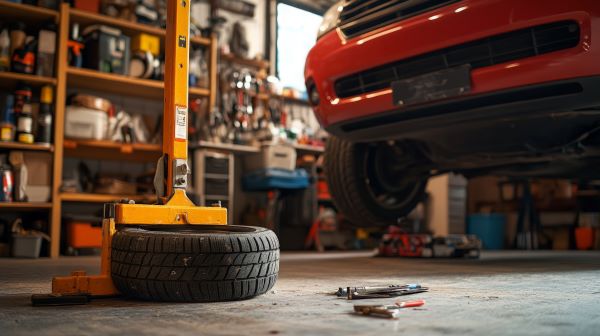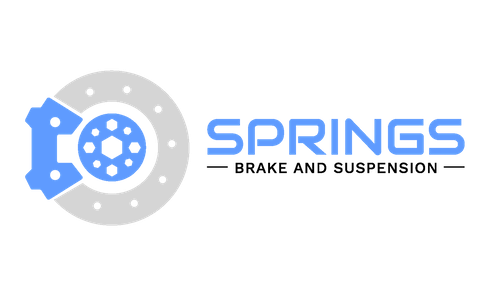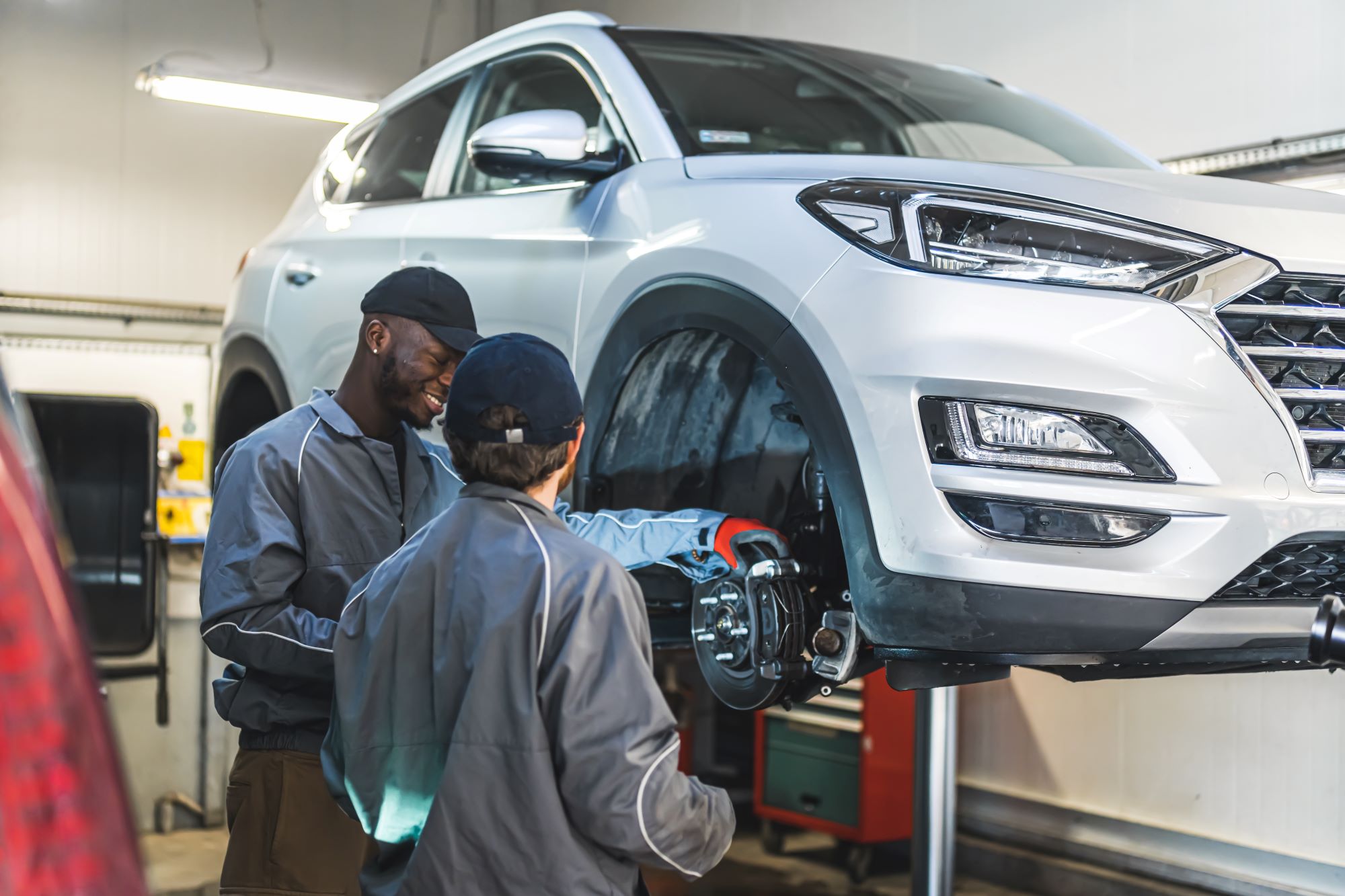Ensuring Optimal Performance And Safety Post-Installation
Your vehicle’s transformation with a lift kit brings an undeniable sense of accomplishment, yet this is only the beginning of a crucial phase. At Springs Brake and Suspension, we recognize that a successful lift kit installation in Camas, WA, and the surrounding areas is merely the foundation for a safe and enjoyable driving experience. Specific vital actions must be taken to truly reap the benefits and secure the longevity of your investment. This blog will serve as your comprehensive guide, detailing the essential steps after your lift kit installation, ensuring your vehicle performs safely and optimally.
Essential Post-Lift Kit Inspections And Adjustments
The thrill of a newly installed lift kit is undeniable, yet the actual test begins after the wrenching stops. Understanding the next steps is crucial if you’ve just elevated your ride with a lift kit installation near Camas, WA. At Springs Brake and Suspension, we know the journey doesn’t end with the installation. Ensuring your vehicle’s safety and performance requires immediate attention.
First, a thorough inspection is paramount. Check every bolt, scrutinize connections, and ensure all moving parts have ample clearance. A professional wheel alignment is non-negotiable; lift kits alter suspension geometry, leading to potential alignment issues. Consider whether your tires are suitable for the new height. Upgrading to terrain or larger tires might be necessary. A test drive will reveal any unusual noises or handling changes.
Allow time for the suspension to settle, then re-inspect. Regular maintenance, including bolt checks and suspension inspections, will prolong your vehicle’s lifespan. Remember, driving habits may need adjustment; take corners slower and increase stopping distance. Springs Brake and Suspension guide you through these crucial post-installation steps, ensuring your lifted vehicle performs at its best.
Ready to Elevate Your Ride?
Schedule your lift kit installation with Springs Brake and Suspension today!
The Importance Of Immediate Post-Lift Kit Attention
Several key areas demand immediate and thorough attention following a lift kit installation. These steps are indispensable for maintaining your vehicle’s structural integrity and ensuring a secure driving experience. It is imperative to begin with a meticulous visual inspection, scrutinizing all bolts and connections to confirm they are adequately tightened.

Look for any indications of leaks or damage to both new and existing components. Equally important is verifying that all moving parts, such as steering components and suspension elements, possess sufficient clearance. A proper wheel alignment is crucial after the installation of a lift kit. Lifting your vehicle modifies the suspension geometry, potentially leading to alignment problems. Misalignment can result in uneven tire wear, steering difficulties, and reduced fuel efficiency. Springs Brake and Suspension strongly recommend a professional alignment immediately following the installation. Evaluating your current tires and determining suitability for the new ride height is also essential. You might consider upgrading to larger tires or terrain tires to maximize the benefits of your lift kit. Ensuring the correct tire pressure for your new setup is also vital. A test drive in a controlled setting is necessary to assess the vehicle’s handling and stability. Listen for unusual noises or vibrations and pay close attention to the steering response, ensuring the vehicle tracks straight. Finally, allowing time for the new suspension components to settle is crucial. This typically occurs within the first few hundred miles, after which a follow-up inspection and alignment check are recommended.
Lift Kit Advantages And Potential Post-Installation Issues
A lift kit installation offers numerous advantages but presents particular challenges. Understanding these aspects is vital for a successful post-installation experience. The benefits include increased ground clearance, enhanced off-road capability, improved vehicle aesthetics and a more aggressive stance, accommodating larger diameter and oversized tires, and enhanced approach and departure angles for off-roading. However, challenges include potential alignment issues if not addressed promptly, changes in vehicle handling and stability, increased wear and tear on suspension and steering components, and the possible need for wheel spacers to ensure proper clearance exists. The importance of these post-installation steps cannot be overstated. They ensure safety by verifying proper installation and alignment, maintaining optimal performance and handling, prolonging the lifespan of suspension and steering components, and maximizing the investment in your lift kit.
Best Practices for Post-Lift Kit Maintenance And Optimization
Navigating the post-installation phase smoothly requires adherence to certain best practices. Scheduling a professional alignment with Springs, Brake, and Suspension is the first critical step. Our technicians will ensure your vehicle’s alignment is within specifications, preventing premature tire wear and steering problems. Reinspecting all bolts and connections is essential after the initial installation and after a few hundred miles. Use a torque wrench to ensure they are tightened to the manufacturer’s specifications. Evaluate your tire fitment, determining if your current tires suit the new ride height. Consider upgrading to terrain or larger tires for enhanced performance and ensure proper clearance, using wheel spacers if needed. Regular maintenance, including scheduling inspections of your suspension and steering components, is vital. Check for signs of wear and tear, such as worn bushings or leaking shocks. Maintain proper tire pressure to ensure even wear and optimal performance. Adjusting your driving habits is also necessary, as your vehicle’s handling characteristics may have changed. Take corners at a slower speed and allow more stopping distance. Avoid aggressive driving maneuvers until you are comfortable with the new handling. Ensure your headlights are correctly aimed after the lift, as lifting a vehicle will alter its angle and could blind oncoming traffic. If you altered the tire diameter, recalibrating the speedometer is critical to ensure accurate speed readings. As the speedometer is affected by tire diameter changes, so is the trip odometer; make sure it is calibrated.
Ensure Peak Performance: Schedule Your Post-Lift Kit Check With Springs Brake And Suspension Near Camas WA
A lift kit installation near Camas, WA, significantly boosts your vehicle’s performance and aesthetics, but the work doesn’t stop there. The post-installation period is crucial for ensuring safety and longevity. This guide outlines essential steps, from professional alignment at Springs, Brake and Suspension to regular maintenance.
Following installation, immediate checks are vital. Ensure all bolts are tight, inspect for leaks, and verify component clearance. A proper alignment is non-negotiable, as lift kits alter suspension geometry. Consider tire suitability and adjust driving habits to accommodate the new ride.
Regular inspections and maintenance, including suspension and brake checks, are essential. Springs Brake and Suspension provides expert lift kit installation, suspension service, and brake repair. Trust us to ensure your vehicle performs optimally. Contact us today to schedule your service and experience our commitment to quality automotive care.
Ready to Elevate Your Ride?
Schedule your lift kit installation with Springs Brake and Suspension today!

